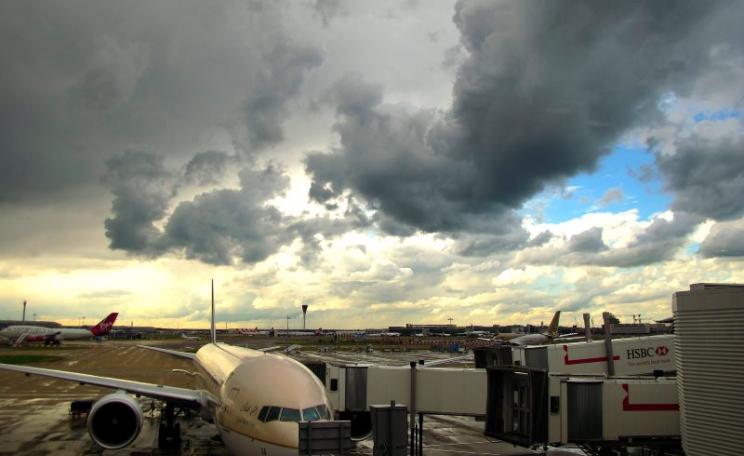Our Atlas shows how iconic species such as the harvest mouse, water vole and red squirrel have undergone marked declines in distribution over the last 30 years.
Knowing where species are and how they are doing is critical for wildlife conservation. But mammals are notoriously difficult to record and British ones are no exception.
A new book has just been published by British wildlife charity the Mammal Society which maps the distribution of both terrestrial and marine species, and assesses how things have changed over the last thirty years.
Decline
Fiona Mathews, professor of environmental biology at the University of Sussex and chair of the Mammal Society, said: “Britain’s mammals face many problems, ranging from habitat loss, change in land management practices, and climate change.
"Our Atlas shows how iconic species such as the harvest mouse, water vole and red squirrel have undergone marked declines in distribution over the last 30 years, whilst others — including roe deer, polecat, and the non-native grey squirrel have become more widespread.
"Bats too have seen changes to their distribution, with Nathusius' pipistrelle now regularly found in Britain, possibly as a result of climate change. For the first time, the Atlas also tells us about the distribution of Britain’s whales and dolphins, including rarities such as beluga and fin whales.”
Colin Harrower, of the UK Centre for Ecology & Hydrology, which contributed to the atlas, said: “This atlas is a fantastic resource, not only for the conservation and management of mammals, but also for researchers to better understand the status of this iconic group of animals.
When used alongside the wealth of similar data for thousands of plant and insect species from dedicated wildlife enthusiasts, it can help identify the factors, such as climate change and habitat loss, that are leading some species to decline while others expand.”
Protection
Derek Crawley, county verifier and one of the founder members of Staffordshire Mammal Group, has spent many years verifying and analysing some of the 1.8 million records which have been sent in: “We are extremely grateful to the citizen scientists, mammal groups, universities and other organisations who have helped enormously by sending in their records from across the country.
"By uploading their sightings onto our website or using the Mammal Mapper app they are helping more than they think.
“Please don’t stop recording. More than ever before, we need to keep a close eye on how mammals are faring and anything you can tell us makes a huge difference to the measures we take to protect them for future generations.”
The Atlas of the Mammals of Great Britain and Northern Ireland, is fully illustrated with photographs and information on 84 mammal species, including descriptions of their ecology and identification.
A percentage of the profits from each sale will be used by the Mammal Society to continue their work to conserve Britain’s mammals.
Current projects include further research into how best to prevent hedgehog road deaths following the recent publication of their paper 'Predicting hedgehog mortality risks on British roads using habitat suitability modelling' and a study on the impact of plastic waste on small mammals.
This Author
This article is based on a press release from the Mammal Society.







